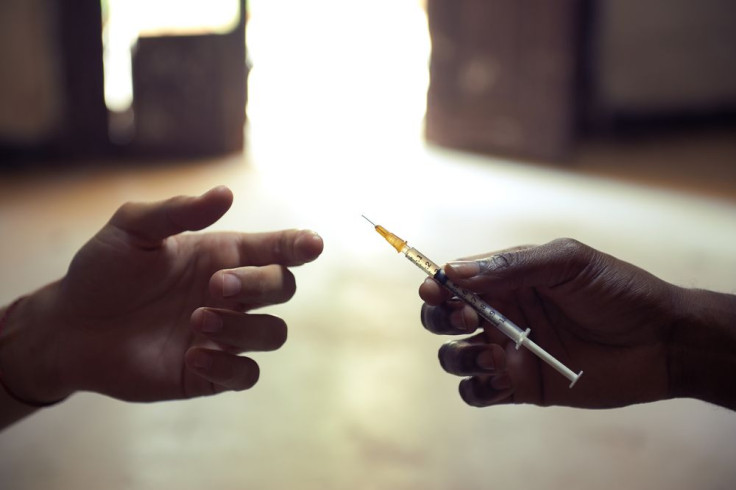Fatal Heroin Overdoses Double In NYC: Could It Have Something To Do With A Lack Of Access To Prescription Opioids?

An unfortunate reality of drug abuse is progression. For example, when prescription opioid painkillers such as OxyContin become unavailable to the user, they will often turn to the more dangerous alternative, heroin, to fulfill their dependency. Recent data released by the New York City Department of Health and Mental Hygiene has revealed that the number of fatal overdoses attributed to heroin in New York City has increased dramatically over the past four years.
Following a noticeable increase in prescription painkiller overdoses in Staten Island between 2005 and 2011, New York City’s Health Department started to combine efforts with law enforcement, health care clinics, and schools in Staten Island to educate young people and drug abusers regarding the perils of prescription painkiller use. The result was a 32 percent drop in deaths associated with prescription painkiller overdoses among Staten Island residents between 2011 and 2013.
“The work done on Staten Island was rolled out in partnership with the Tackling Youth Substance Abuse (TYSA) Initiative, a cross-sector coalition made up of law enforcement, treatment providers, health professionals, youth and schools from across Staten Island,” TYSA Director Adrienne Abbate said in a statement. “The release of the opioid overdose data was a wake-up call for the community. It mobilized partners from across the borough, city and state to collectively address the root causes of opioid addiction and overdose. It was the targeted and coordinated efforts of all of our partners that helped contribute to this decline.”
In spite of the success achieved in Staten Island, other boroughs did not fare so well between 2010 and 2013. Overall, the number of people in New York City who died as the result of a drug overdose increased by 41 percent, from 8.2 out of every 100,000 New Yorkers to 11.6 out of every 100,000 New Yorkers. Heroin, in particular, played a major role in this dramatic rise in drug overdose fatalities. The number of overdose deaths attributed to heroin increased from 3.1 out of every 100,000 New Yorkers in 2010 to 6.2 out of every 100,000 New Yorkers in 2013.
“After seeing a troubling increase in opioid overdose deaths in Staten Island, the Department took an aggressive approach to save lives. Over the last two years, the Health Department educated both health care providers and residents on the risks of these highly addictive drugs, and worked with community groups, syringe access programs, and first responders to increase overdose reversals with naloxone,” said NYC Health Commissioner Dr. Mary Bassett. “Though we have seen progress in Staten Island, there is still much more work to be done.”
Law enforcement and health care providers have put a lot of time and effort into cutting off resources that feed prescriptions drug abuse. For example, many states implemented databases that track prescriptions to thwart so-called “doctor shopping.” With a cutback in prescription painkiller resources, drug abusers have turned to heroin which can cost less than triple the price of painkillers while providing a comparable high. Efforts to control prescription painkiller and heroin abuse must be synonymous to prevent cross-addiction, a term used for dropping one addiction only to pick up another.



























